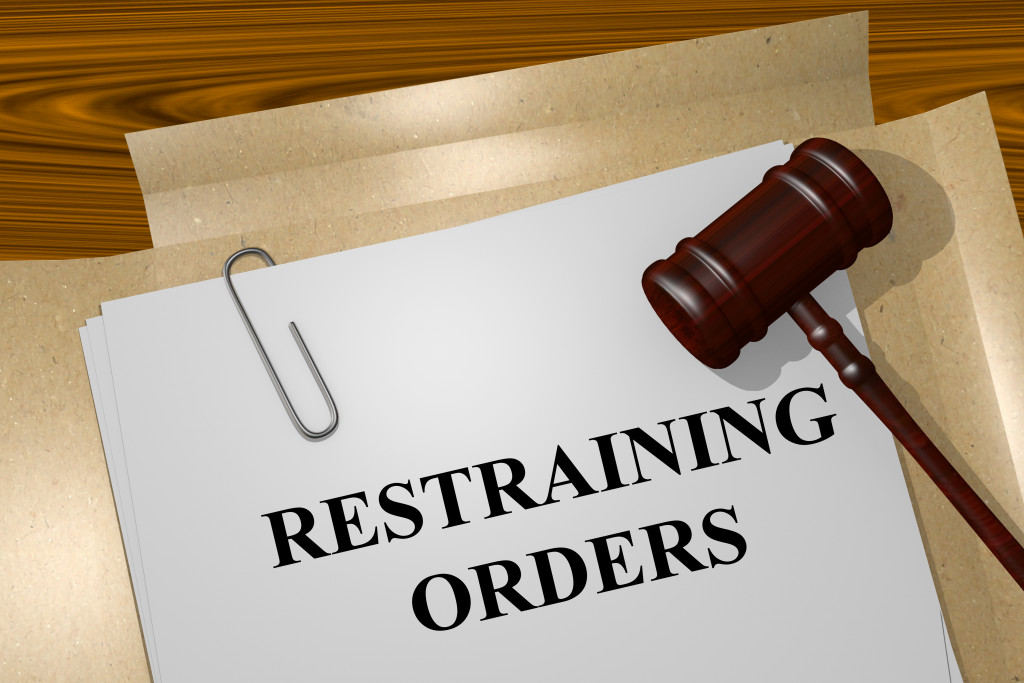- File for a Civil Protection Order (CPO) to protect yourself from threats. There are different types of CPOs available.
- Consider applying for a restraining order to prohibit an individual from having any contact with the victim.
- Obtain assistance from law enforcement officers if you are in immediate danger due to threats.
- Highlight your safety plan with friends and family so that everyone is aware of any potential risks associated with threats.
Have you ever felt threatened by an individual? Whether it’s a family member, acquaintance, or complete stranger – feeling unsafe is a terrible experience. Fortunately, there are some legal steps you can take to protect yourself and your family if you find yourself in a situation like this. Here are a few legal ways that you can protect yourself from individuals who may be a threat.
File for a Civil Protection Order (CPO)
This type of order requires the abuser to stay away from the victim and prohibits them from having any kind of contact with them. It also provides protection for other family members as well as pets. A CPO can provide temporary relief while the court determines whether to issue a permanent order. In some states, these orders can last up to two years.
It’s also important to know that there are different kinds of CPOs, depending on the state that you’re in. Here are a few of the most common ones:
Domestic Violence Protection Orders
Domestic violence protection orders are available in all states, and they protect victims of domestic violence. They prohibit the abuser from having any contact with the victim, including phone calls, emails, texts, or visits.
Stalking Protection Orders
A stalking protection order prohibits an individual from contacting or following another person. It also prevents them from coming within a certain distance of the person they’re stalking or from entering their home or workplace. This type of protection order is available in all states as well.
Harassment Protection Orders
A harassment protection order prohibits an individual from contacting the victim or engaging in any kind of harassing behavior. It can also include provisions for restraining orders and orders prohibiting the abuser from possessing firearms. This type of protection order is only available in some states.
Extreme Risk Protection Orders (Firearm Removal)
Extreme risk protection orders are used by a court to temporarily remove firearms from individuals who pose an immediate threat of harm to themselves or others. The order can last up to one year, and the individual is not able to possess any type of firearm during that time. This type of order is available in some states, but it varies based on state laws.
No Contact Orders
Filing a no contact order prevents an individual from having any contact with the victim, including verbal or written messages. It also prohibits them from coming within a certain distance of the victim and their home or workplace. This type of order is available in all states.
By being knowledgeable about the different types of CPOs, you can take the necessary steps to protect yourself from a potential threat.
Consider Applying for a Restraining Order

A restraining order is similar to a CPO, but it is issued by criminal courts instead of civil courts. This type of order typically forbids any contact between the victim and the accused offender, including phone calls, emails, or text messages. It also prohibits the accused offender from coming within a certain distance of the victim’s home or workplace. Violation of a restraining order could result in jail time or fines for the offender.
Obtain Assistance From Law Enforcement Officers
If you believe that you are in immediate danger due to threats made by someone else, consider calling 911 or contacting your local law enforcement agency for assistance. Police officers will be able to provide advice on how best to protect yourself and your family and may even be able to make an arrest if necessary.
Highlight Your Safety Plan With Friends and Family

Creating and sharing your safety plan with friends and family can help ensure that everyone remains safe during times when threats may arise. Make sure that everyone knows what actions they should take if they feel unsafe, such as calling 911 or going to an identified safe place such as a neighbor’s house or police station. It’s also important that everyone is aware of any potential risks associated with threats so they can make informed decisions about their safety at all times.
No one should ever have to feel threatened or unsafe in their own homes. Fortunately, there are legal steps you can take to protect yourself and your family if you find yourself in a situation like this. Remember, when it comes to protecting yourself against potential dangers or threats, knowledge is power! Be sure to stay informed about the different types of CPOs available so that you know how best to keep yourself and those around you safe at all times.
